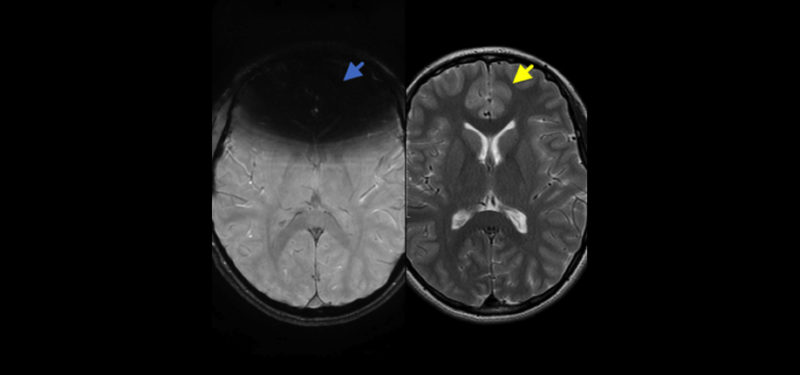
Many people wonder if wearing braces will affect the results of a CT scan. This is a common concern, especially when undergoing medical imaging for dental or orthodontic purposes. The good news is that braces generally do not interfere with CT scans, allowing for clear and detailed images of your teeth, jaw, and surrounding structures.
This article will delve into the relationship between CT scans and braces, exploring their safety, image clarity, and benefits for orthodontic treatment. We’ll address common concerns and provide you with a comprehensive understanding of how to navigate medical imaging while wearing braces.
CT Scans and Braces
A CT scan (computed tomography) uses X-rays to create detailed cross-sectional images of the body. These images are incredibly valuable for diagnosing various conditions, including dental issues like impacted teeth, jaw abnormalities, and sinus problems. While braces are made of metal, they do not significantly affect the way X-rays pass through your body during a CT scan.
The metal components of braces may appear as white lines on the resulting images, but these lines are easily distinguishable from other structures and do not obscure the crucial information needed for diagnosis.
Safety of CT Scans with Braces
CT scans utilize ionizing radiation, which can pose potential health risks if exposure is excessive. However, modern CT scanners use significantly lower doses of radiation compared to older models, minimizing any associated risks. The benefits of a CT scan often outweigh the minimal radiation exposure, especially when it comes to diagnosing and treating dental or orthodontic conditions.
If you have concerns about radiation exposure, discuss them with your doctor or radiologist. They can explain the specific risks and benefits of your individual situation and may recommend alternative imaging techniques if appropriate.
Image Clarity with Braces
Despite the presence of braces, CT scans can still produce clear and detailed images of the teeth, jawbone, and surrounding tissues. The metal components of braces may appear as white lines on the images, but these lines do not significantly interfere with the visualization of other structures.
Radiologists are trained to interpret CT scans accurately, even in the presence of metallic objects like braces. They can easily distinguish between the metal lines and the surrounding tissues, ensuring that all necessary information is captured for diagnosis and treatment planning.
Benefits of CT Scans for Orthodontic Treatment
CT scans offer numerous benefits for orthodontic treatment, providing valuable insights into the patient’s dental anatomy and helping to plan personalized treatment strategies.
Precise Diagnosis:
CT scans allow orthodontists to accurately diagnose a wide range of dental issues, including impacted teeth, jaw abnormalities, and sinus problems. This detailed information is crucial for developing an effective treatment plan tailored to the individual patient’s needs.
Treatment Planning:
CT scans provide three-dimensional images of the teeth, jawbone, and surrounding structures, enabling orthodontists to create precise treatment plans. They can visualize the position of teeth, identify potential obstacles, and plan the movement of teeth with greater accuracy.
Monitoring Progress:
CT scans can be used to monitor the progress of orthodontic treatment over time. By comparing images taken at different stages, orthodontists can assess the effectiveness of the treatment and make adjustments as needed.
Conclusion
Can you get a ct scan with braces? The answer is a resounding yes! Braces do not interfere with CT scans, allowing for clear and detailed imaging results. While metal components may appear on the images, they do not obscure crucial information needed for diagnosis and treatment planning.
CT scans offer numerous benefits for orthodontic treatment, providing precise diagnoses, enabling personalized treatment plans, and facilitating progress monitoring. If you are considering a CT scan while wearing braces, rest assured that it is a safe and effective procedure that can provide valuable insights into your dental health.
